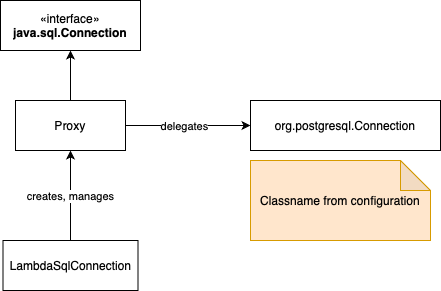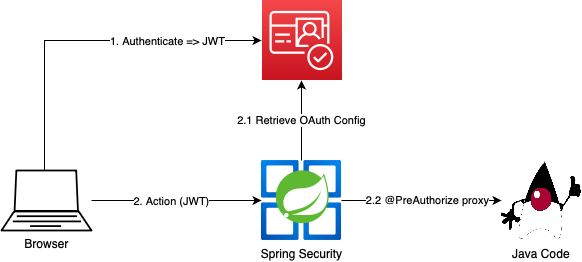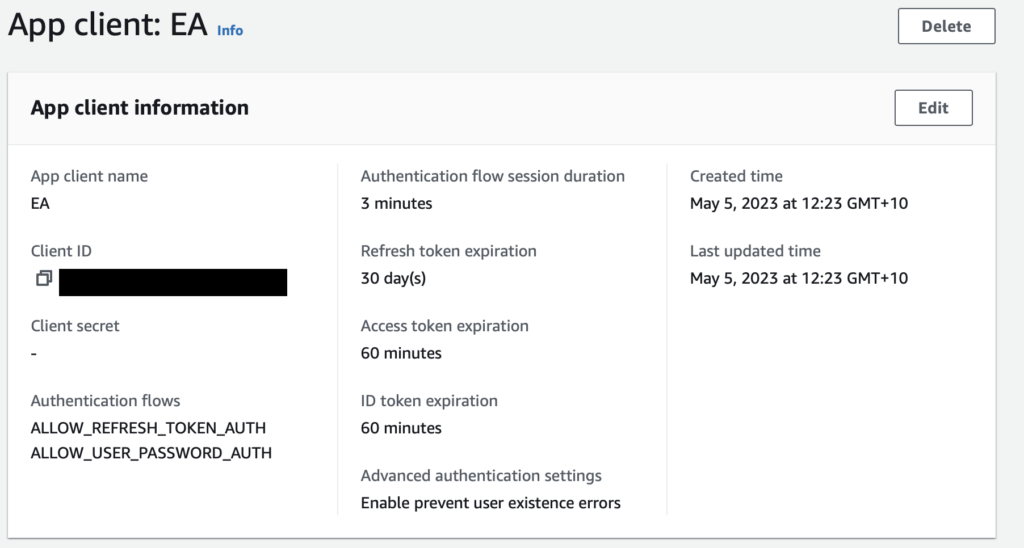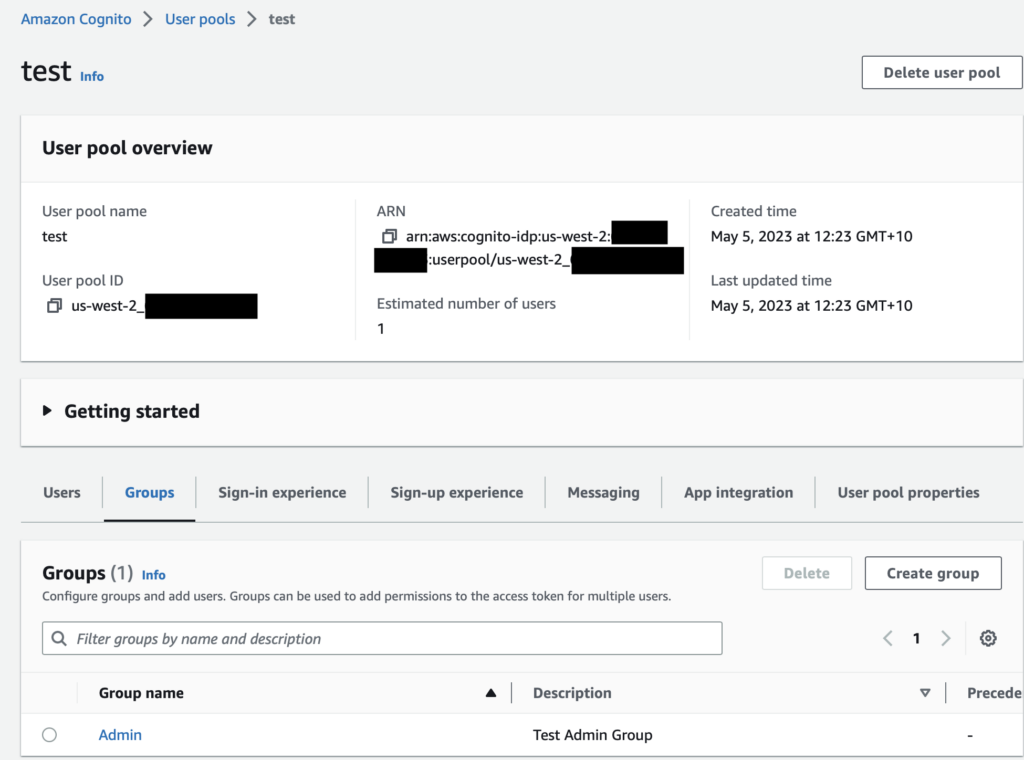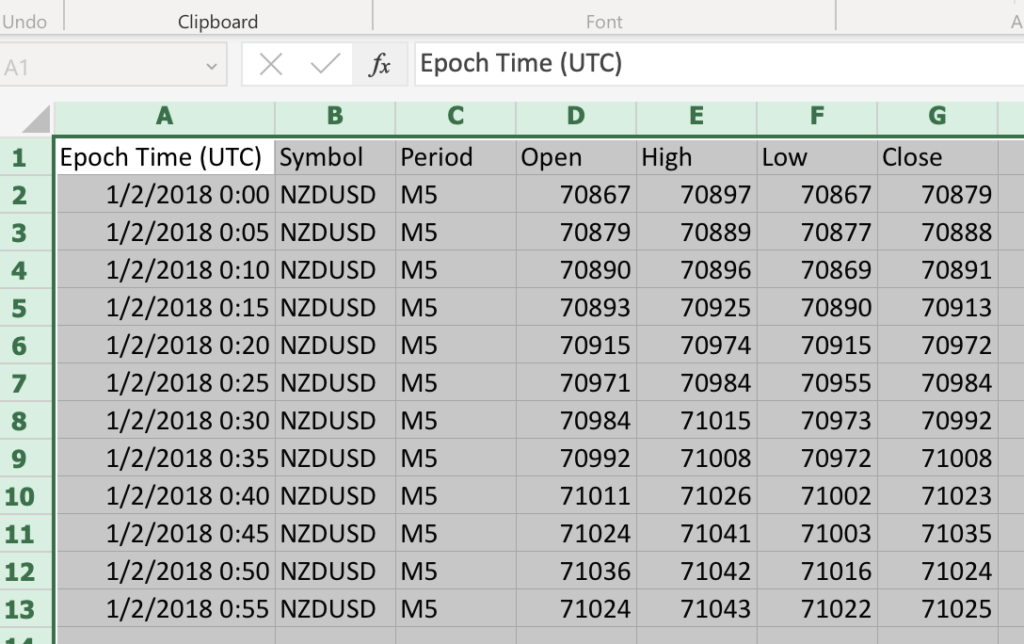The class, from our OSS Maven standards project, is a well-structured unit test suite that demonstrates testing patterns for AWS SQS batch messaging functionality. As a senior Java developer, you’ll appreciate the sophisticated test design patterns and AWS integration testing techniques employed in this test class.
See the test code here on GitHub: SqsPumpTest.java
For more information on our open source SQSPump, see our article here.
Test Architecture Overview
The test class follows modern Java testing best practices using JUnit 5, Mockito, and AssertJ. It’s designed to test the component, which is a utility for efficiently sending multiple messages to AWS SQS queues in batches using SqsPump. The code for SqsPump is available GitHub: SqsPump.java
Key Testing Components
Test Setup:
- Uses for clean dependency injection
@ExtendWith(MockitoExtension.class) - Mocks the to isolate the unit under test
SqsClient - Mockito verify the exact parameters passed to AWS SDK calls
ArgumentCaptor - Configures a controlled batch size of 10 messages for predictable testing
Core Dependencies:
- The main class being tested
SqsPump - A wrapped AWS SQS client with JSON serialization capabilities
SqsSender - Jackson : Configured with boot-like settings for JSON processing
ObjectMapper
Test Scenarios Explained
1. Batch Size Boundary Testing
The test suite includes three critical batch tests that demonstrate the pump’s ability to handle different message volumes:
- Exact batch size (10 messages): Verifies optimal batching behavior
- Large volume (100 messages): Tests multiple batch processing
- Irregular size (33 messages): Ensures proper handling of partial final batches
These tests use the performBatchTest() method, which:
- Sends N objects to the pump
TestMessage - Triggers a flush operation
- Verifies the exact number of batch calls to SQS
- Validates that messages are properly batched and serialized
2. FIFO Queue Support
The test demonstrates support for FIFO (First-In-First-Out) queues, which require: shouldSendAFifoMessage()
- Message Deduplication ID: Prevents duplicate processing
- Message Group ID: Ensures ordering within message groups
This test verifies that FIFO-specific headers are correctly mapped to AWS SQS batch request parameters.
3. Edge Case Handling
The test ensures the pump optimizes for empty batches by not making unnecessary AWS API calls – a crucial performance consideration. shouldNotPumpZeroMessages()
Testing Patterns Worth Noting
1. Argument Capturing Pattern
@Captor
private ArgumentCaptor<SendMessageBatchRequest> requestCaptor;
This pattern allows precise verification of complex objects passed to mocked dependencies without exposing internal implementation details.
2. Batch Calculation Logic
The expectedBatchSends() method demonstrates a clean mathematical approach to calculating expected batch counts:
private int expectedBatchSends(int sendSize) {
return sendSize / pumpMaxBatchSize + (sendSize % pumpMaxBatchSize > 0 ? 1 : 0);
}3. Message Attribute Validation
The test includes comprehensive validation of SQS message attributes, ensuring proper content-type headers, timestamps, and content length metadata are set correctly.
AWS SDK Integration Insights
The test reveals several important aspects of AWS SQS batch processing:
- Batch Request Structure: Each batch contains multiple objects
SendMessageBatchRequestEntry - Message Serialization: JSON serialization with proper content-type headers
- Attribute Metadata: Automatic inclusion of timestamps and content length
- ID Management: Sequential ID assignment for batch entries
Key Testing Techniques for Senior Developers
- Mock Strategy: Only the AWS client is mocked, allowing real business logic to execute
- Data-Driven Testing: Multiple test cases with different batch sizes validate edge cases
- Comprehensive Assertions: Both structural (batch count) and content (message bodies) validation
- Performance Considerations: Zero-message optimization testing prevents unnecessary API calls
Conclusion
This test suite exemplifies professional-grade testing for cloud-native Java applications. It demonstrates how to effectively test complex batch processing logic while maintaining clear test isolation and comprehensive coverage. The patterns used here are directly applicable to testing other AWS service integrations and batch processing scenarios in enterprise Java applications.
The test validates FIFO queue support, message attributes, and batch boundary conditions showing the maturity expected in production AWS integrations, making this an excellent reference for similar testing challenges.



